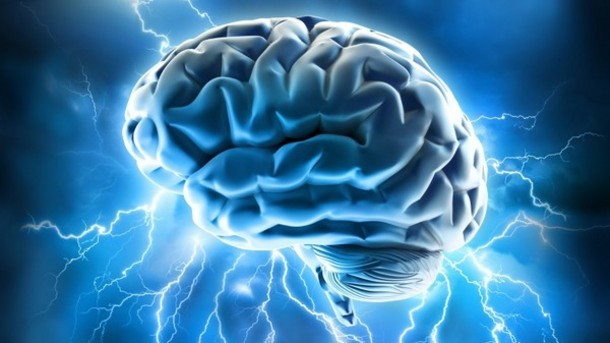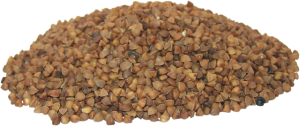
In 2023, more than 6 million Americans lived with Alzheimer’s Disease. Alzheimer’s is the most common cause of dementia, which is a general term for memory loss that is serious enough to interfere with everyday life. Between 2000 and 2019 deaths, from heart disease decreased 7.3% while deaths from Alzheimer’s disease increased 145%.
The good news is that a healthy lifestyle can protect your brain and lower your risk of cognitive decline and possibly dementia. And it’s never too early or late to adopt healthy lifestyle habits! The Alzheimer’s Association recommends ten healthy habits for your brain and body:
- Challenge your mind. Be curious! Put your brain to work and do something that is new for you. Learn a new skill. Try something artistic. Challenging your mind may have short- and long-term benefits for your brain.
- Keep learning. Education reduces the risk of cognitive decline and dementia. Encourage youth to stay in school and pursue the highest level of training possible. Continue your own education by taking classes at a local library, community center or college, or online.
- Get moving. Engage in regular exercise. Find ways to build more movement into your day — walking, dancing, gardening — whatever works for you! The Physical Activity Guidelines for Americans recommend 150 minutes of moderate-intensity physical activity a week for optimal physical and mental health. Moderate-intensity physical activity includes activities that raise your heart rate and increase blood flow to the brain and body.
- Protect your head. Help prevent injuries to your head by wearing a helmet for activities like biking, wearing a seat belt in the car, protecting yourself while playing sports, and doing what you can to prevent falls.
- Be smoke-free. Choose not to use tobacco if you never have and stop smoking if you are currently using tobacco products. It’s never too late to stop! Quitting smoking can lower the risk of cognitive decline back to levels similar to those who have not smoked.
- Control your blood pressure. Medications can help lower high blood pressure, and healthy habits like eating right and physical activity can help, too. Work with a health care provider to control your blood pressure.
- Manage diabetes. Type 2 diabetes can be prevented or controlled by eating healthier, increasing physical activity, and taking medication, if necessary
- Eat right. Eating healthier foods can help reduce your risk of cognitive decline. This includes more vegetables and leaner proteins, along with foods that are less processed and lower in fat. Choose healthier meals and snacks that you enjoy and are available to you.
- Maintain a healthy weight. Talk to your health care provider about the weight that is healthy for you. Other healthy habits on this list — eating right, exercising, and sleeping well — can help with maintaining a healthy weight.
- Sleep well. Good quality sleep is important for brain health. Stay off screens before bed and make your sleep space as comfortable as possible. Do all you can to minimize disruptions. If you have any sleep-related problems, such as sleep apnea, talk to a health care provider.
What’s good for the heart is good for the brain, so making healthy lifestyle choices to take care of your heart is also a way to protect your brain. The Life’s Essential 8 healthy lifestyle habits from the American Heart Association are very similar to ten healthy habits listed above. So, take a look at these lists and take action today to protect your brain and your body.
Written by Jenny Lobb, Family and Consumer Sciences Educator, OSU Extension Franklin County
Reviewed by Misty Harmon, Family and Consumer Sciences Educator, OSU Extension Perry County
Sources:
Alzheimer’s Association. 10 Healthy Habits for Your Brain. https://www.alz.org/help-support/brain_health/10-healthy-habits-for-your-brain
Alzheimer’s Association. Alzheimer’s Disease Facts and Figures. https://www.alz.org/alzheimers-dementia/facts-figures
American Heart Association. Life’s Essential 8. https://www.heart.org/en/healthy-living/healthy-lifestyle/lifes-essential-8










